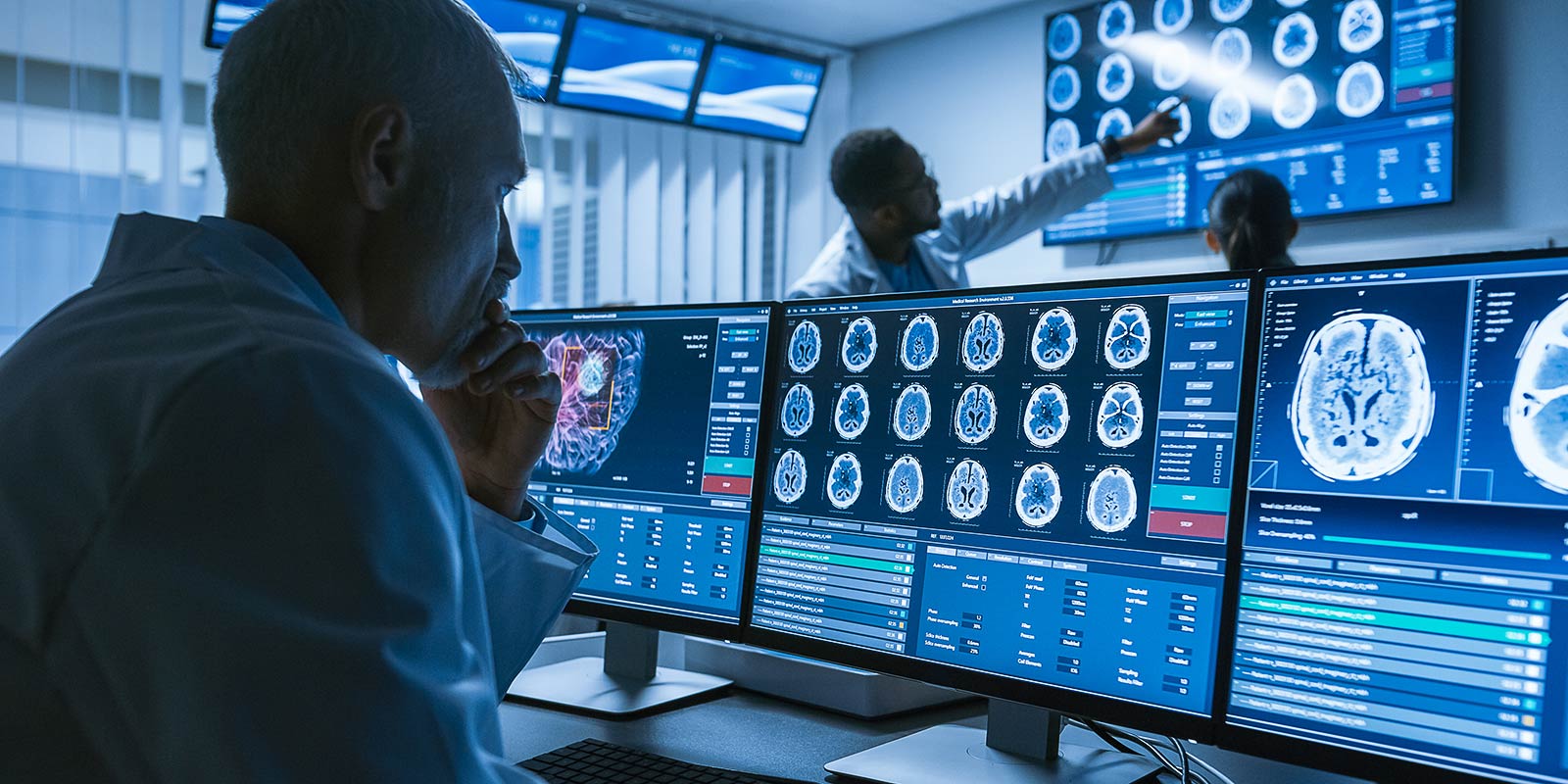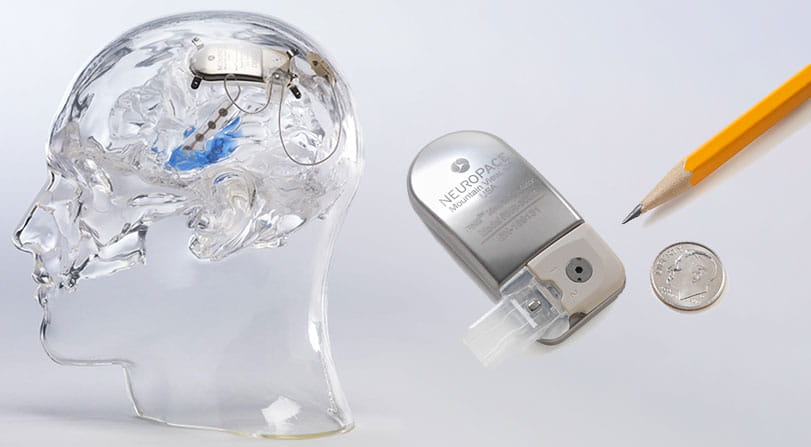
Responsive Neurostimulation Therapy for the Treatment and Prevention of Seizures
Responsive neurostimulation therapy (RNS) is an FDA approved treatment that uses an implanted device to help control seizures, improve quality of life and, for some patients, prevent seizures before they even begin. It doesn’t require the removal of any brain tissue and can be a promising treatment option for patients who do not respond to medical therapies and/or have been excluded as surgical candidates for epilepsy surgery.
Schedule an Appointment
To find out if RNS therapy might be a treatment option for you, call 216-844-2724 to schedule an appointment with a UH epilepsy specialist.Introducing the NeuroPace® RNS® System
University Hospitals Neurological Institute is pleased to now offer our patients the world’s most advanced brain-responsive neurostimulation system designed to prevent epileptic seizures at their source - the NeuroPace® RNS® System. Considered the next generation of RNS therapy, studies have shown that the NeuroPace device may help to decrease the frequency and severity of seizures in select patients with epilepsy.
Similar to how a pacemaker detects and treats abnormal heart rhythms, the NeuroPace® device treats seizures by:
- Continuously monitoring brain waves, even during sleep
- Recognizing unusual electrical activity in the brain that has been pre-determined to signal the onset of a seizure in that patient
- Responding quickly and automatically to unusual brain activity by delivering small bursts of electrical stimulation to help brainwaves return to normal, often stopping a seizure before it begins
People cannot feel the stimulation and it doesn’t cause any pain or discomfort. The information gathered by the device provides doctors with unprecedented insight into their patients’ seizure activity, allowing them to personalize and adjust the treatment as needed.
What Happens During the Procedure?
If a patient has been determined to be a good candidate for RNS therapy, they will first undergo rigorous neurological testing to find the area in their brain where their seizures originate.
Once the brain has been mapped, the procedure will be scheduled. During the procedure, the surgeon implants a small battery-powered device called a neurostimulator under the bone covering the brain. The neurostimulator is connected to thin wires, called leads, which the surgeon places in the area or areas of the brain where it has been determined the patient's seizures originate. Once the device and leads are place, they cannot be seen.

Once in place, the neurostimulator monitors the brain's electrical activity and automatically delivers an electrical pulse through the leads when unusual brain activity is detected, in many cases preventing a seizure.
The system also includes a remote monitor that the patient uses to upload their brainwave data and an RNS Tablet and Patient Data Management System (PDMS) that the physician uses to remotely view their patient’s brain activity data on a secure website. Based on the brain activity observed, the physician can then program the device settings to personalize the therapy.
Benefits of RNS Therapy and the NeuroPace® RNS® System
Responsive neurostimulation therapy and the NeuroPace® RNS® System in particular, offer many benefits to patients with difficult-to-treat seizures. These include:
- No brain tissue is removed, offering less risk to the patient than with other surgical treatments.
- Unlike conventional epilepsy surgery, RNS is reversible and the implant can be turned off or removed at any time.
- Treatment is delivered only when it’s needed, i.e. at the time of a seizure or suspected pre-seizure activity in the brain.
- In comparison to earlier models, the new NeuroPace device offers longer battery life and can store twice the amount of brain activity data.
- Treatment can be adjusted and tailored to each patient based on the data collected.


